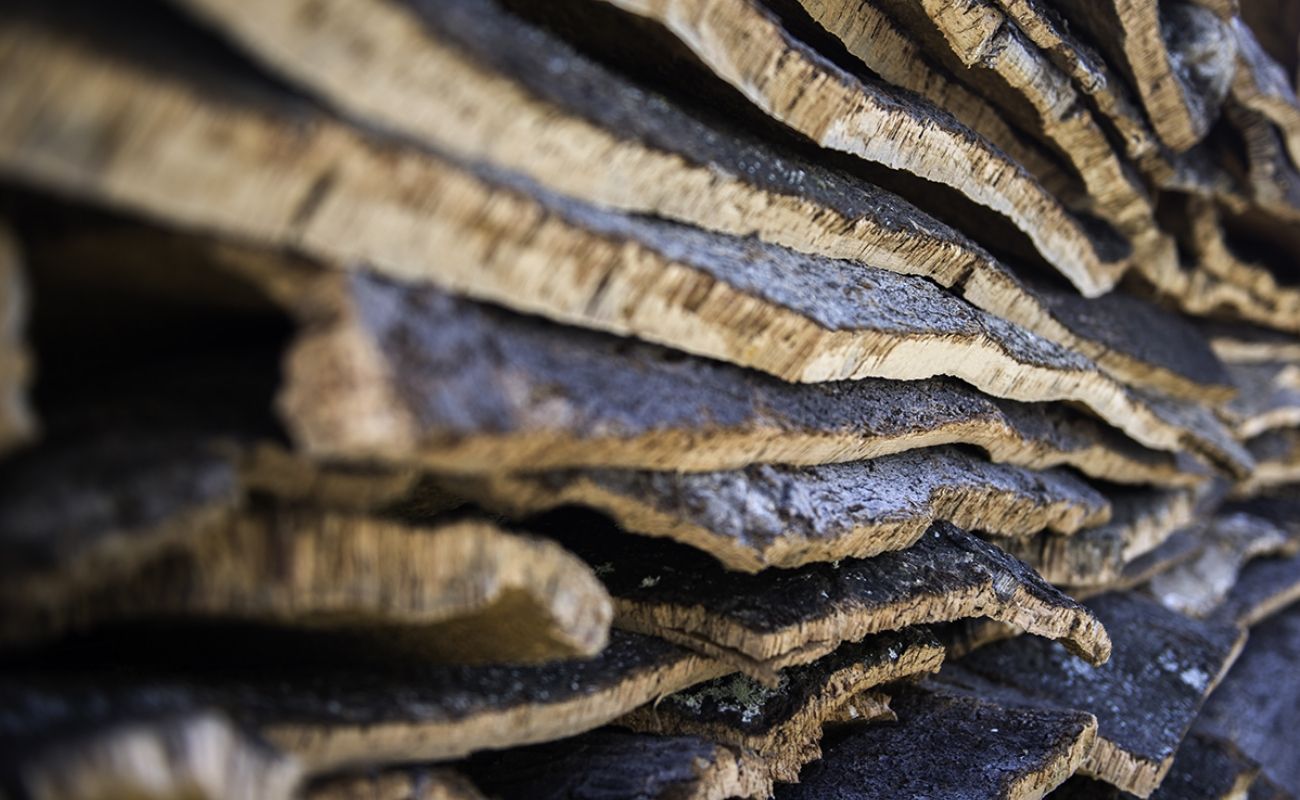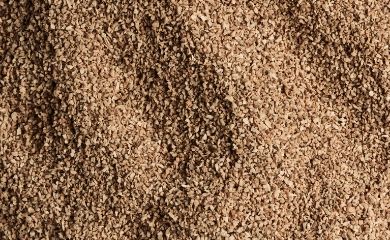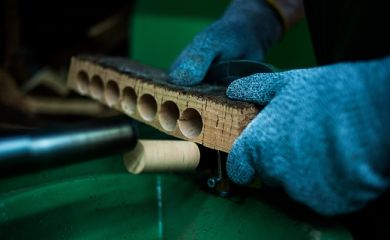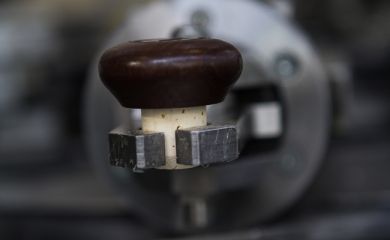Stripping is the removal of the bark from cork oaks and takes place during the most active phase of cork growth, between the middle of May or beginning of June until middle or end of August.
To start stripping, the trunk of the cork oak has to reach a perimeter of around 70 cm when measured 1.3 meters from the ground. This takes about 25 years.
The first harvest, which is known as “desbóia”, produces cork of a very irregular structure which is too hard to be easily handled. This is the known as virgin cork which will be used for applications other than cork stoppers (flooring, insulation etc.), since its quality is far from that necessary to manufacture stoppers.
Nine years later, the second harvest produces material with a regular structure, less hard, but still not suitable for cork stoppers – this is known as secondary cork.
It is from the third and subsequent harvests that the cork with the best properties is obtained, suitable for the production of quality cork sttopers, since its structure is regular with a smooth outer and inner bark. This is what is known as “amadia” or reproduction cork. From then on, the cork oak will supply good quality cork every nine years for around a century and a half, producing, on average, 15 bark harvests throughout its life.
The harvesting of the cork oak is an ancient process that can only (and should) be done by experts: the descortiçadores. Manual skill and a lot of experience are required to avoid damaging the tree.

Rest period
After stripping, the cork planks are stacked in a yard and remain there exposed to the open air, sun and rain. The stacks are formed taking into account rules (defined by the International Code of Cork Stopper Practices - ICRP), for a period of no less than six months, in order to allow the cork to stabilize.










